How I Use Halloween Games to Teach Vocabulary and Grammar in My ESL Classroom
Every October, my ESL classroom transforms into a whirlwind of pumpkins, costumes, and laughter — and yes, a whole lot of language learning! Over the years, I’ve discovered that games aren’t just for fun — they’re a powerful way to help my English Language Learners (ELLs) build vocabulary, understand grammar, and gain the confidence to use new words out loud.
When learning feels like play, my newcomers forget to be nervous. They take risks, make connections, and suddenly - English starts to stick.
Here’s how I use Halloween-themed games and puzzles to boost engagement and make language learning come alive for my students.
Disclaimer: In this blog, the terms ESL students (English as a Second Language), ELLs (English Language Learners), and ML (Multilingual Learners) are used interchangeably. While “Multilingual Learners” is becoming the more widely accepted term, “ESL students” and “English Language Learners” are still commonly used in various contexts. My aim is to be inclusive and clear to all readers, regardless of the terminology they are familiar with.
ESL Mystery Picture Self-Checking Puzzles – Halloween Nouns & Verbs
You know that spark in a student’s eye when they finally reveal the hidden picture at the end of a puzzle? That’s pure engagement - and exactly what happens when I pull out these Halloween Nouns & Verbs Mystery Picture Puzzles.
Each puzzle focuses on essential grammar and vocabulary skills: identifying nouns, recognizing verbs, and learning Halloween themed vocabulary along the way.
Each mystery puzzle begins with a frontloaded vocabulary activity where students preview and practice key words using one of three scaffolded options: trace the words (for newcomers and beginners), label with word bank support (for intermediate learners), or label independently (for advanced learners). Once my ELLs identify and recognize Halloween-themed vocabulary nouns, they move on to the self-checking “reveal-a-picture” puzzles. They match each Halloween-themed noun image with its corresponding vocabulary word, gradually uncovering a mystery picture. Only correct matches complete the image — making the activity both fun and self-validating!
While they’re working, I hear students whispering, “Witch is a noun… flying is a verb!” They’re not just memorizing grammar rules — they’re using language in context, supported by visuals and hands-on activity.
These puzzles are completely self-checking, which gives my students a sense of independence and success. Even my newcomers — who might still be hesitant speakers — can work confidently, because each correct word match brings them one step closer to revealing the final Halloween image.
And the best part? The scaffolds built into each activity - from tracing words to labeling with a word bank - make this resource accessible for every level of learner.
2. ESL Halloween Short Vowels Games and Activities
Phonics can be tricky for multilingual learners — especially short vowel sounds! But when we turn it into a game, everything changes.
My newcomers trace and label CVC (consonant-vowel-consonant) words, while my more advanced students fill in missing letters or complete word puzzles.
Our classroom favorites include:
- The Halloween Maze, where students help Frankenstein find his pumpkin by following short vowel paths;
- The Magic Potion Game, where they add ingredients labeled with short vowel words; and
- The Magic Web, where spiders spin webs of spooky CVC words!
These games combine phonics, and vocabulary and my students are learning short vowels without even realizing it. The Halloween theme also gives us a fun way to connect with American culture, helping my ELLs understand traditions while practicing English in a meaningful context. Seasonal and cultural themes help students connect language learning to real-life experiences — making it both relevant and memorable.
Would you like to try one free Halloween CVC game? Click here.
3. Halloween “I Have, Who Has?” Listening Game
This interactive “I Have, Who Has?” Halloween themed set helps students practice essential Halloween-themed nouns and verbs while building listening, speaking, and vocabulary skills in a playful way. Designed specifically for ELLs at all proficiency levels, it transforms vocabulary review into an engaging classroom game that promotes confidence, collaboration, and comprehension.
If you’ve ever tried the “I Have, Who Has?” game, you know how quickly it gets everyone talking! My Halloween version features spooky vocabulary like witch, ghost, candy, and costume.
We play it in a circle, and I love watching my students lean in, listen closely, and wait for their turn to respond. It’s fast-paced, fun, and full of repetition — which means they’re hearing and speaking the same words multiple times.
For my newcomers, I use picture-supported cards with their labels. This gives them the visual cues they need to participate confidently. For intermediate students, I use cards with just images, and for the most advanced students, I use cards with only text. By the end of the game, even my shyest students are calling out their cards with excitement! Classroom games promote natural communication and listening fluency - the perfect mix for ELLs developing oral language skills.
4. Halloween “Write the Room” Vocabulary Hunt
Movement + language = magic! “Write the Room” is one of those activities that gets everyone up and learning without realizing they’re working.
Before class, I hide Halloween vocabulary cards around the room — skull, haunted house, cauldron. Students grab clipboards and recording sheets, then set off on a scavenger hunt to find and label each word. My newcomers trace the words on their recording sheets as they find the cards, beginner and intermediate ELLs label the images, and advanced students write the words independently.
This activity is fantastic for kinesthetic learners and students who benefit from visual and physical engagement. The differentiated recording sheets make it easy to meet every student’s needs: my newcomers trace the words, while my more advanced learners write them independently and use them in sentences. Movement-based learning supports second language acquisition by strengthening memory and comprehension through action.
6. Halloween “Would You Rather?” Speaking Game
One of my favorite ways to get my ELLs talking (and laughing!) in October is with a Halloween-themed “Would You Rather?” game. It’s simple, requires no prep, and works beautifully for mixed proficiency levels.
I start by sharing a few spooky prompts, such as this one. Students take turns answering and explaining why. Sometimes we play as a whole-class discussion, and other times I set up partner rotations where students move around the room to share their answers with multiple classmates.
For my newcomers, I provide sentence frames such as:
- “I would rather ___ because ___.”
- “I think ___ is better because ___.”
- “In my country, we ___.”
This gives them structure while still allowing creativity and cultural sharing.
Not only is this game hilarious, but it’s also a language powerhouse: students practice expressing opinions, using complete sentences, comparing ideas, and building conversation confidence.
And the best part? It naturally supports listening and speaking standards for ELLs — students must listen actively, respond appropriately, and justify their choices.
Research shows that discussion-based games improve oral fluency, vocabulary use, and confidence in second language learners. Plus, when the topic is fun and familiar — like Halloween — students are more willing to take risks in English.
I’ve found that gamifying language learning does more than make lessons fun — it creates a low-stress environment where my ELLs feel safe to experiment with new words and grammar structures.
Games like these:
- Lower anxiety and encourage risk-taking in speaking and writing.
- Promote retention by connecting words to visuals, actions, and emotions.
- Foster community — students cheer each other on, share laughter, and learn collaboratively.
Research backs this up too: studies show that gamified learning significantly improves vocabulary retention and motivation for English learners. But honestly? The best evidence comes from the smiles and proud “I did it!” moments in my classroom.
Halloween is the perfect excuse to turn your classroom into a space filled with language, laughter, and learning. Whether we’re solving mystery puzzles, guiding Frankenstein through a maze, or hunting for hidden words, my students are using English meaningfully and joyfully.
So this October, give games a try. Let your ELLs cut, color, move, and play their way to stronger language skills - you’ll be amazed at the magic that happens when learning feels like fun.
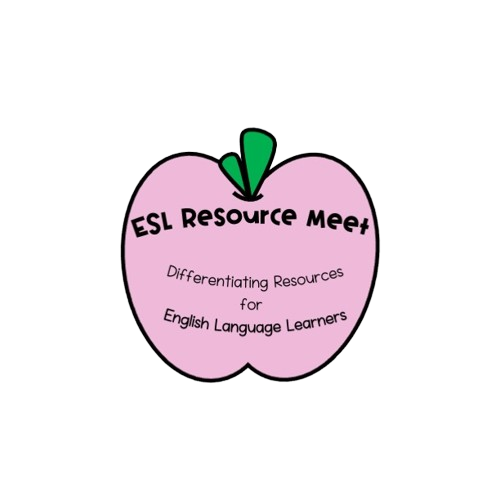













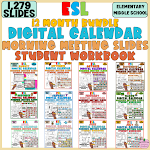


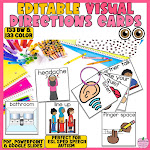





































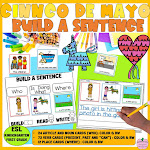







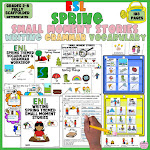




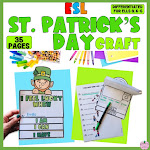
















































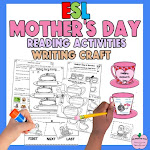
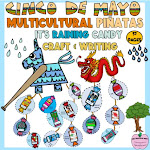
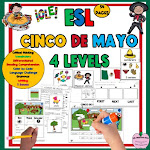
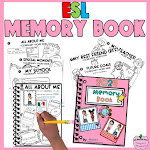




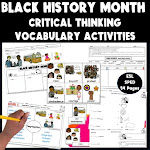



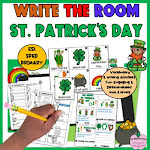
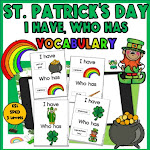
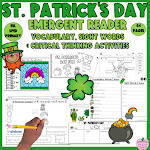



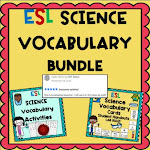




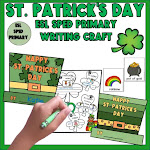

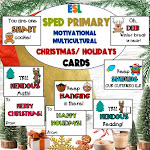


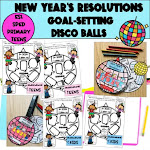
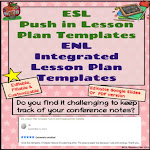




0 Comments